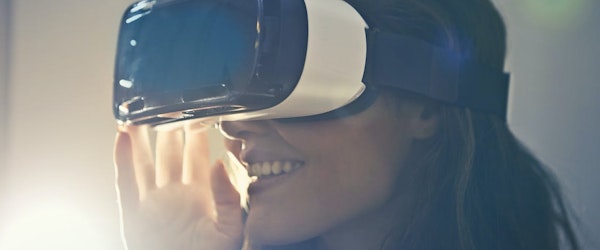
Stalled Claims Could Benefit From These Tech Innovations In Workers’ Comp
Tuesday, November 29th, 2022 Technology Workers' CompensationThe medical management picture for workers’ comp has become increasingly complicated as the industry reckons with the forces of a post-pandemic world and the changing nature of work, but the problems remain the same: supporting injured workers to drive return-to-work.
To get the green light from all parties involved in a claim, workers’ comp payers and service providers are accepting novel ideas in ways that were previously unimaginable.
‘Behavioral health issues have always been present in workers’ comp. Society’s awareness is increasing, and as that is improving, it’s slowly starting to change the way we acknowledge it in the work comp industry,’ said Dr. Kathleen Fink, associate medical director, Optum.
‘Years ago, there was a change to improve by making the treatment for psychological issues part of the medical condition. You didn’t have to treat under a separate psychological diagnosis; you treated under the medical condition. We thought that that was going to open the gates and let people receive the treatment they needed, but unfortunately that’s been really slow to progress.’
Recently, though, as the rise of the biopsychosocial model of care both in workers’ comp and group health has manifested, the progress has been steady -- in particular, the use of technology to identify risk for behavioral health problems like depression and anxiety.





